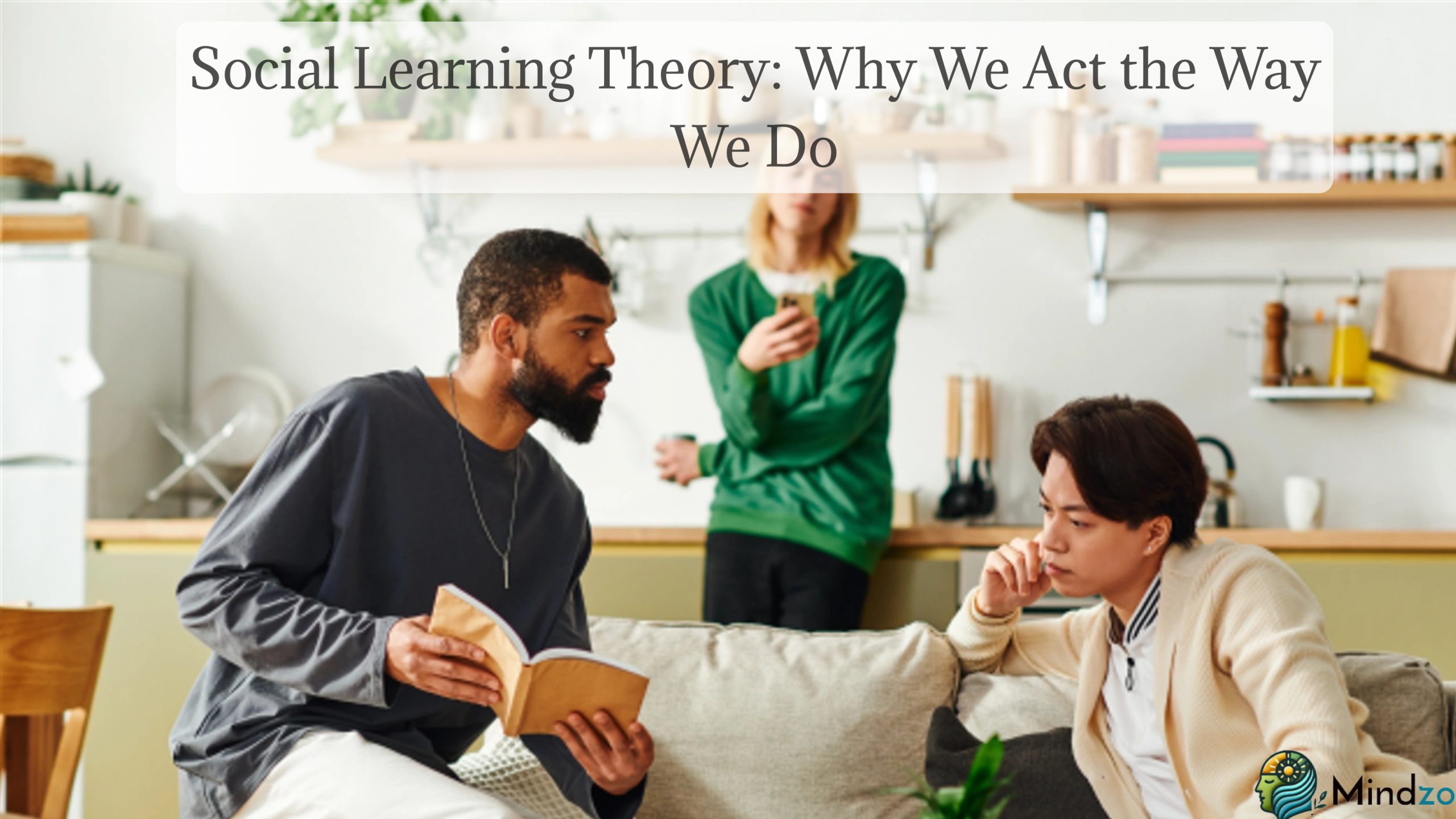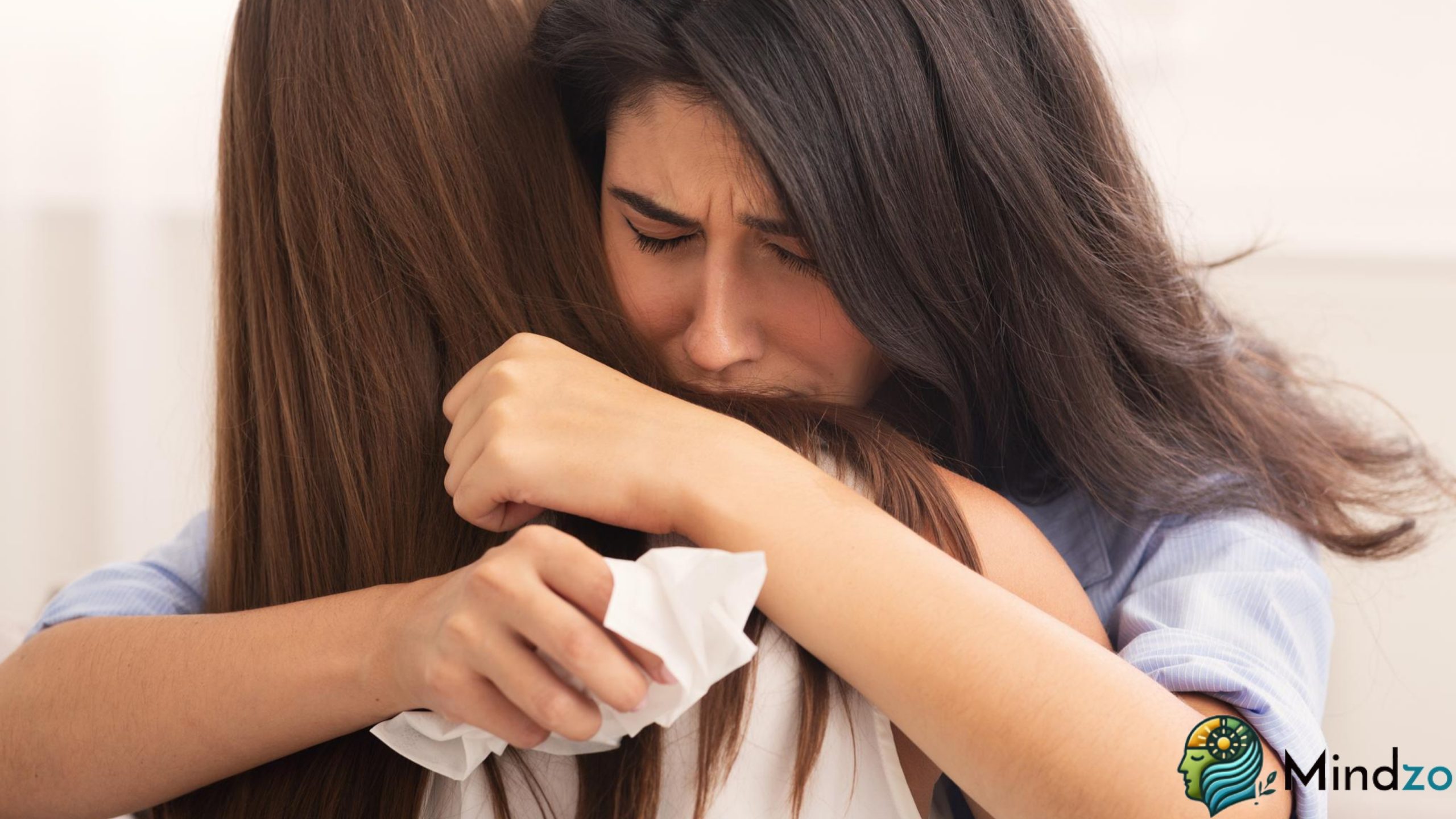Social Learning Theory: Why We Act the Way We Do

Every day, we unconsciously mirror the behaviors, attitudes, and mannerisms of those around us. From childhood tantrums modeled after sibling behavior to professional communication styles adopted from respected colleagues, social learning theory explains one of the most fundamental aspects of human development: how we learn through observation and imitation.
Albert Bandura’s social learning theory, developed in the 1960s, revolutionized psychology by demonstrating that learning doesn’t require direct experience or reinforcement. Instead, we acquire new behaviors, skills, and attitudes simply by watching others a process called observational learning or modeling.
Understanding social learning helps explain everything from why children adopt their parents’ values to how social media influences behavior, making it one of the most practically relevant psychological theories for modern life.
The Foundations of Social Learning Theory
Social learning theory emerged from Bandura’s dissatisfaction with traditional behaviorism, which suggested that learning only occurred through direct reward and punishment. His groundbreaking research revealed that humans possess sophisticated cognitive abilities that allow them to learn vicariously through observation.
Bandura’s theory proposes that learning occurs through the dynamic interaction of three factors:
- Personal factors (cognitive abilities, beliefs, emotions)
- Environmental influences (social context, available models)
- Behavioral patterns (actions and their consequences)
This reciprocal determinism means that we’re not passive recipients of environmental influences but active agents who shape and are shaped by our social environments.
The Famous Bobo Doll Experiment: Proof of Observational Learning
Bandura’s Bobo doll experiment (1961) provided compelling evidence for social learning principles. Children who watched adults behave aggressively toward an inflatable doll later imitated these aggressive behaviors when given the opportunity to play with the same toy.
Key findings from the experiment:
- Children learned aggressive behaviors without direct instruction or reinforcement
- Modeling behavior occurred even when the observed actions had no immediate benefit
- Gender differences emerged in which behaviors children were most likely to imitate
- The presence or absence of consequences for the model influenced imitation rates
This research demonstrated that observational learning could transmit complex behavioral patterns, challenging traditional learning theories that emphasized direct experience.
The Four Processes of Observational Learning
Social learning occurs through four essential cognitive processes that Bandura identified as necessary for effective modeling.
Attention: Focusing on the Model
Attention in learning represents the first crucial step. We can only learn from models we notice and observe carefully. Factors influencing attention include:
- Model characteristics: Attractive, successful, or similar models capture more attention
- Observer characteristics: Age, cognitive abilities, and motivation affect attention capacity
- Situational factors: Novel, dramatic, or personally relevant behaviors draw focus
Media influence on behavior often succeeds because television, social media, and advertising are specifically designed to capture and maintain attention.
Retention: Storing Mental Representations
Memory in social learning involves encoding observed behaviors into mental representations that can be retrieved later. This process includes:
- Symbolic coding: Converting observed actions into verbal or visual symbols
- Cognitive organization: Structuring information to aid memory storage
- Rehearsal: Mentally or physically practicing observed behaviors
Retention strategies improve when we actively process what we observe rather than passively watching.
Motor Reproduction: Translating Observation into Action
Behavioral reproduction requires the physical and cognitive ability to perform observed actions. This process involves:
- Physical capabilities: Having the motor skills necessary to execute behaviors
- Self-observation: Monitoring our own performance attempts
- Feedback integration: Adjusting behavior based on results and external input
Skill acquisition through modeling explains how we learn everything from sports techniques to social etiquette.
Motivation: The Drive to Perform
Motivation in learning determines whether we’ll actually perform behaviors we’ve observed and retained. Vicarious reinforcement occurs when we see models rewarded or punished for their actions, influencing our likelihood of imitation.
Motivational factors include:
- Expected outcomes based on observed consequences
- Personal values and moral standards
- Social approval or disapproval
- Self-reinforcement through pride or satisfaction
Applications of Social Learning Theory
Social learning applications extend across numerous domains of human behavior and development.
Child Development and Parenting
Parental modeling profoundly influences children’s behavior, values, and social skills. Children observe and imitate their parents’:
- Problem-solving approaches and emotional responses
- Communication patterns and conflict resolution styles
- Attitudes toward work, relationships, and personal responsibility
- Moral reasoning and ethical decision-making
Positive modeling involves consciously demonstrating behaviors and attitudes you want children to adopt, recognizing that actions often speak louder than words.
Education and Skill Development
Educational applications of social learning include:
- Peer learning: Students learning from observing classmates’ strategies
- Teacher modeling: Instructors demonstrating thinking processes and problem-solving approaches
- Collaborative learning: Group work that allows observation of diverse approaches
Professional development often relies on social learning through mentorship, job shadowing, and observing expert performance.
Media Influence and Behavior Change
Media and social learning research examines how television, films, social media, and advertising influence behavior through modeling. Prosocial media can promote positive behaviors like cooperation and kindness, while violent media may increase aggressive tendencies in some individuals.
Social media modeling creates new forms of observational learning where individuals model behaviors based on influencers, peers, and online communities.
Therapy and Behavior Modification
Therapeutic applications use social learning principles to help people develop new behaviors and reduce problematic ones:
- Modeling therapy: Clients observe therapists or others demonstrating desired behaviors
- Social skills training: Learning appropriate behaviors through observation and practice
- Group therapy: Peer modeling provides examples of healthy coping strategies
Factors That Influence Social Learning
Individual differences in social learning ability depend on various personal and situational factors.
Age and developmental stage affect social learning capacity. Young children may focus on different aspects of modeled behavior than adolescents or adults, while cognitive development influences retention and reproduction abilities.
Cultural context shapes which models are considered credible and which behaviors are deemed appropriate to imitate. Cultural transmission through social learning maintains traditions and social norms across generations.
Self-efficacy beliefs our confidence in our ability to perform specific behaviors significantly influence whether we’ll attempt to reproduce observed actions.
Criticisms and Limitations
Social learning theory limitations include potential oversimplification of complex learning processes and insufficient attention to biological factors influencing behavior.
Ethical concerns arise regarding the responsibility of media producers, parents, and other potential models for the behaviors they demonstrate, particularly given research on imitation and aggression.
Individual variation in susceptibility to social learning effects means that not everyone responds equally to modeling influences.
Modern Applications and Digital Age Implications
Contemporary social learning occurs increasingly through digital platforms where influencers, content creators, and peers model behaviors for massive audiences.
Online behavior modeling includes:
- Social media influencers demonstrating lifestyle choices
- YouTube tutorials teaching skills through demonstration
- Gaming communities modeling strategic thinking and collaboration
- Professional networks sharing career-related behaviors and attitudes
Digital citizenship education increasingly relies on social learning principles to teach appropriate online behavior and digital literacy skills.
Implications for Personal Development
Understanding social learning can help you become more intentional about:
- Choosing positive role models and influences
- Recognizing how your behavior influences others
- Using observation strategically to acquire new skills
- Creating environments that support desired behavioral changes
Conscious modeling involves deliberately seeking out individuals whose behaviors, attitudes, or achievements you admire and studying how they approach challenges and opportunities.
The Power of Example in Human Learning
Social learning theory reveals the profound influence that observation and imitation have on human development and behavior. From childhood development to adult skill acquisition, we’re constantly learning from the models around us—whether we realize it or not.
Understanding these processes empowers us to become more intentional about both the models we choose to follow and the example we set for others. In our interconnected world, where behaviors can be observed and imitated across global networks, the principles of social learning become even more relevant for personal development, education, and social change.
Whether you’re a parent, educator, leader, or simply someone interested in personal growth, recognizing the power of observational learning can help you harness this natural human tendency for positive development and meaningful change.
References:
-
 Beyond Words: The Emotional Medicine of a Simple HugOctober 27, 2025
Beyond Words: The Emotional Medicine of a Simple HugOctober 27, 2025 -
 Music’s Unique Therapeutic BenefitsOctober 23, 2025
Music’s Unique Therapeutic BenefitsOctober 23, 2025

Leave a Reply